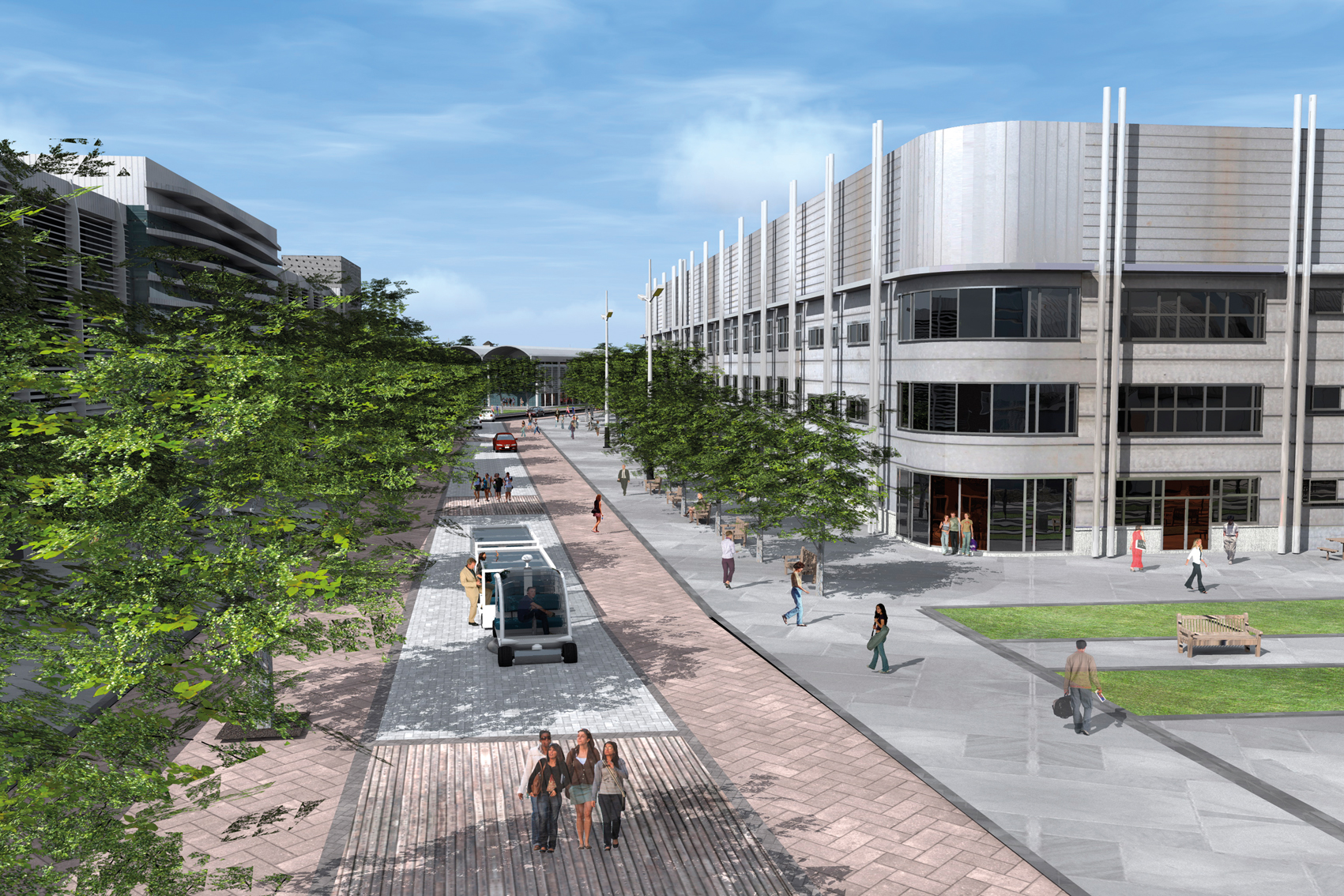What would you like to do in an autonomous car?
04/07/2016

The death of a driver in an autonomous car, reported last week, has highlighted the potentially hazardous nature of the interaction between the driver and autonomous vehicle. Researchers at Cranfield University are looking into the safety of the interaction between the machine and man, and we want your help.
The arrival of autonomous vehicles will revolutionise the driving process. On-board systems will take control of driving the vehicle and will continuously monitor and react to the driving environment, freeing up the driver to do other things such as reading a newspaper, chatting online or perhaps answering work emails.
There are currently some autonomous vehicles being trialled on the roads and several aspects of the driving task that are already automated in some prestige vehicles (e.g. lane keeping and automated parking), but autonomous vehicles are unlikely to reach the market until 2020.
The vehicles available in 2020 will not be entirely autonomous, and in some complex or unpredictable situations the vehicle will require the driver to take back control of the driving task (e.g. when there are poor lane markings or road works). It is this takeover process which is both challenging and potentially hazardous.
Recent simulator-based studies have examined this process and found that it can take up to 40 seconds for the driver to competently regain control of the vehicle, which must be improved considerably before autonomous cars can safely be allowed on our roads.
Cranfield researchers, in conjunction with UCL and Jaguar Land Rover, are investigating the takeover process with the intention of improving the speed and safety of this handover process. As the first step in this project we are interested in finding out about the types of non-driving tasks that UK drivers think they would like to engage in while travelling in an autonomous vehicle.
We are running a survey asking people what they think they might do when travelling in an autonomous car. If you would like to share your thoughts with us, please take part here. We will be collecting information until 17th July 2016 and plan to share the results of this anonymous survey at a later date.
Categories & Tags:
Leave a comment on this post:
You might also like…
Automotive Engineering: From student to hypercar innovation at Rimac
We sat down with recent graduate Thomas Perrin, to discuss how his year on the MSc in Automotive Engineering at Cranfield University propelled him from the lecture hall directly into the ...
What this year at Cranfield really meant to me
Every Cranfield journey is unique. In this alumni reflection, Zachea Scicluna shares what her year at Cranfield truly meant, from facing uncertainty to gaining hands-on experience in industry-backed projects. I’ve been reflecting (and delaying) ...
Preparing for assignments and exams?
Sorry! We know it seems a bit mean to mention the exams in January rather than looking forward to the break before it! However, we know many of you will be thinking about your forthcoming ...
Screening for FTSE 100 companies on Bloomberg
So you’re researching an index and need some data on its constituent companies? Bloomberg’s Equity Screening tool makes light work of this, not just for the FTSE, but for indices, exchanges and sectors worldwide. Type EQS ...
Accelerating my future: How Cranfield put me on the fast track to automotive safety innovation
Hello! I’m Michaela Kaiser, and I’m thrilled to share my journey studying abroad. I’m from Calgary, Canada, and I recently graduated from Cranfield’s MSc Automotive Engineering course. My path to Cranfield ...
From Myanmar to Cranfield: My path to Renewable Energy
As someone who is passionate about sustainability, my career goal is to build a path in the renewable energy sector. My aspirations comes from the benefits of developing sustainable energy sources and ensuring energy ...






